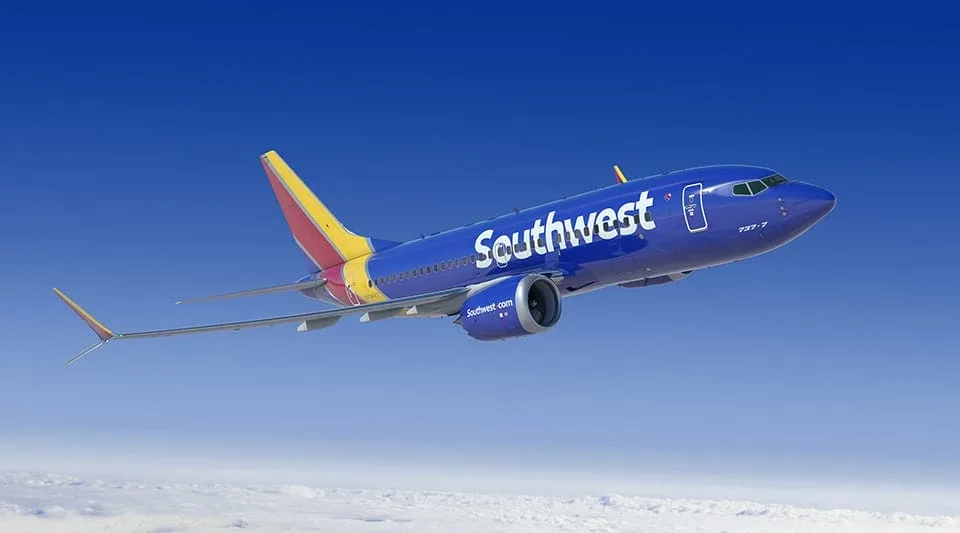In a harrowing moment after taking off from Burbank, California, a Southwest Boeing 737 dive surprised passengers and injured two flight attendants. The incident happened on July 25, 2025, while flight WN1496 was flying to Las Vegas. The aircraft sharply descended approximately 500 feet to avoid a mid-air collision.
According to Southwest Airlines, this occurrence was prompted by a Traffic Collision Avoidance System (TCAS) warning that instructed the pilots to take evasive manoeuvres. Although no passengers were physically hurt, the dive led to two employees getting injured in the course of cabin service.
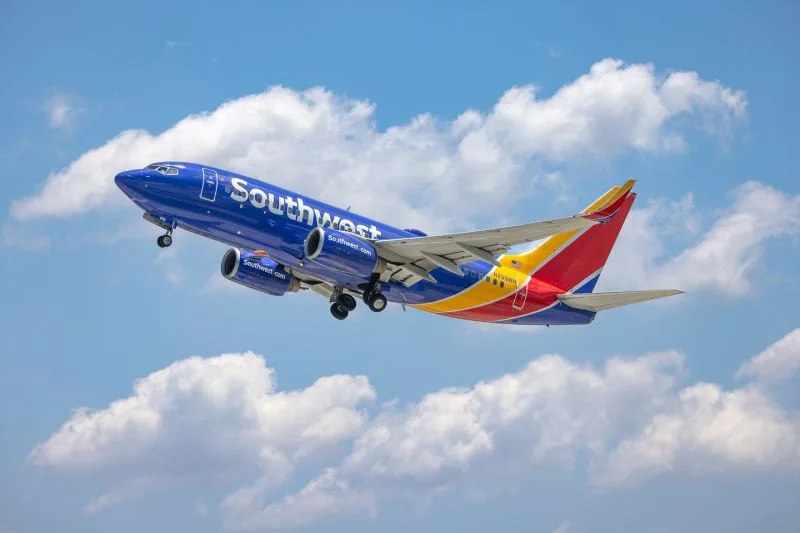
What Caused the Southwest Boeing 737 Dive?
The Southwest Boeing 737 plunge occurred around six minutes into the flight, shortly after the aircraft had departed from Burbank Airport (BUR) at 11:57 AM local time. The 19-year-old Boeing 737-700 aircraft, N249WN, was cruising at an altitude of around 14,100 feet when the cockpit was issued two TCAS advisories – descend and climb.
Responding swiftly, the pilots descended the aircraft to approximately 13,625 feet, a steep 475-foot drop. This was done to avoid a potential mid-air collision with other planes flying in the vicinity: a 66-year-old Hawker Hunter, N335AX, which was flying from El Paso to Point Mugu.
Although the two planes were said not to be on a head-on collision course, they were too close in terms of altitude and airspace. It is not known whether air traffic control authorization or pilot aberration was responsible for the close encounter.
The incident occurred just as the flight attendants began serving drinks, and it produced turbulent-like conditions inside the cabin. Although the plane continued to Las Vegas without additional incident, two cabin crew members were injured seriously enough that they required medical care.
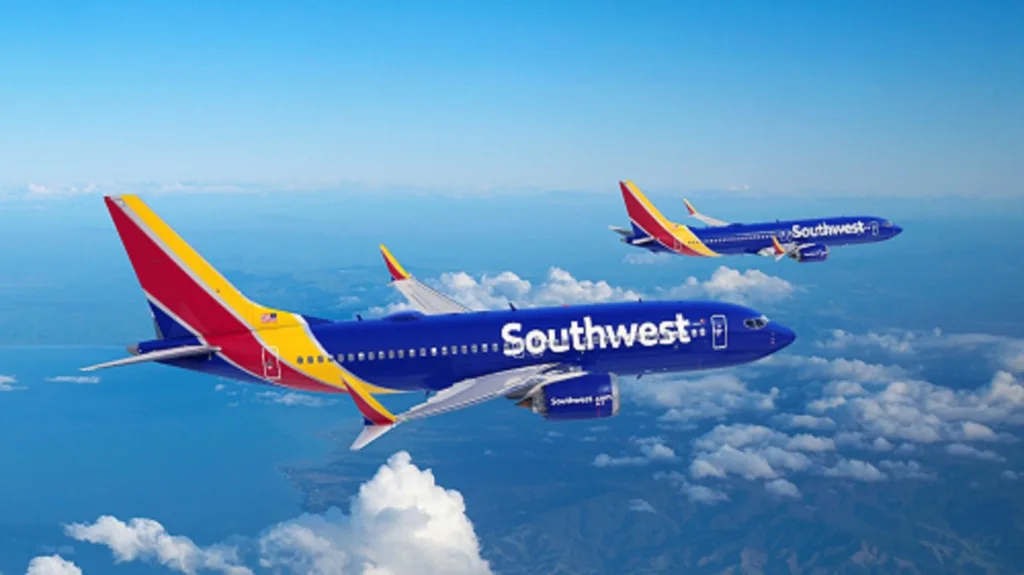
Official Responses to the Southwest Boeing 737 Dive
Southwest Airlines released a statement following the accident confirming the TCAS alerts and commending the professional composure of its flight crew:
“The crew of Southwest Flight 1496 responded to two onboard traffic alerts Friday afternoon while climbing out of Burbank, requiring them to climb and descend to comply with the alerts. The flight continued to Las Vegas, where it landed uneventfully.”
“Southwest is engaged with the Federal Aviation Administration to further understand the circumstances. No injuries were immediately reported by Customers, but two Flight Attendants are being treated for injuries. We appreciate the professionalism of our Flight Crew and Flight Attendants in responding to this event. Nothing is more important to Southwest than the Safety of our Customers and Employees.”
The carrier also pointed out that so far, no injuries have been reported from customers but confirmed that two flight attendants were treated due to the injuries sustained. They added that they are cooperating with the Federal Aviation Administration (FAA) on an investigation of the incident.
Moreover, the Federal Aviation Administration (FAA) released the following statement, in reference to the incident:
“We are aware of an incident involving Southwest Airlines Flight 1496. The FAA is in contact with Southwest Airlines and we are investigating. Ensuring the safety of everyone in the national airspace system remains our top priority.”
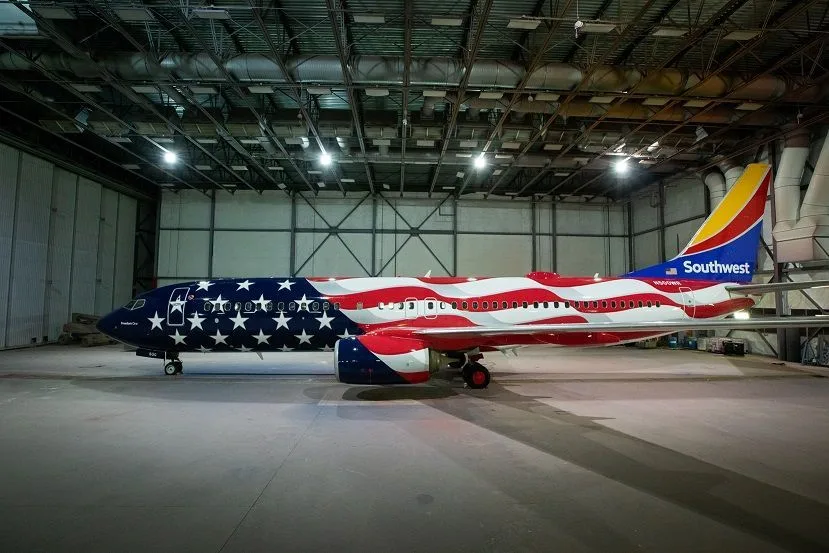
Passenger Reactions to the Southwest Boeing 737 Dive
As with all inflight incidents, the accident went viral on social media and aviation forums. Passengers who were there shared their experiences first-hand, telling of the Southwest Boeing 737’s descent
One Reddit user wrote: “Our pilot took the wildest dive of all time to get out from in front of another aircraft. There were so many people, including seatbelts, flying out of our seats for approximately 20 seconds. One of the flight attendants needed medical attention after the plane landed.”
Another passenger compared the dive to a theme park attraction:
“It was like the Tower of Terror ride. We dropped 20 to 30 feet in a flash, it was terrible. There was screaming. People hit the ceiling. We genuinely believed we were going to crash.”
Surprisingly as it seems, travelers varied widely in how they experienced the drop. Some referred to a multi-thousand-foot plunge, whereas corroborated by flight tracking data is a 475-foot drop, which demonstrates how perception can be amplified by fear during terrifying seconds under flight.
Workplace Safety Systems
Although there was panic on board the aircraft, aviation experts point out that the TCAS performed exactly as it is designed. TCAS is designed to alert pilots when another airplane is in close proximity and presents a danger of collision and recommend immediate actions to avoid a collision.
In this case, the pilots’ action of obeying the TCAS warning could have avoided it being almost collision time, even though the two aircrafts would not have crashed if they had both stayed on their original courses. But at long speeds and in as complicated a traffic pattern as Burbank’s, erring on the side of caution is procedure.
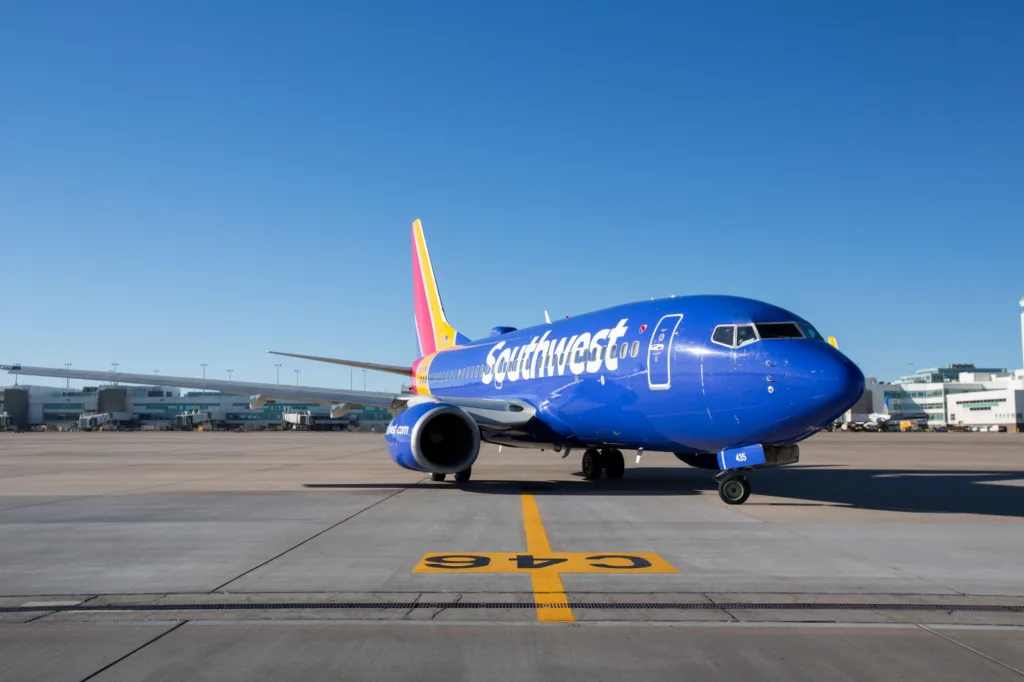
Bottom Line
The Southwestern Boeing 737 crash on flight WN1496 caused great upset among passengers and two injured flight attendants. Even though the descent was initiated by a TCAS alert, an onboard safety system essential to safety, the event reminds us how quickly flight dynamics can shift, especially in crowded airspace.
Investigations continue on, but initial reports say that the crew followed all appropriate procedures for safeguarding passengers. While the FAA continues its review, Southwest reaffirmed that safety is always at the forefront of their minds.
Please join our Telegram Channel for the latest aviation updates.
Source: OMAAT

